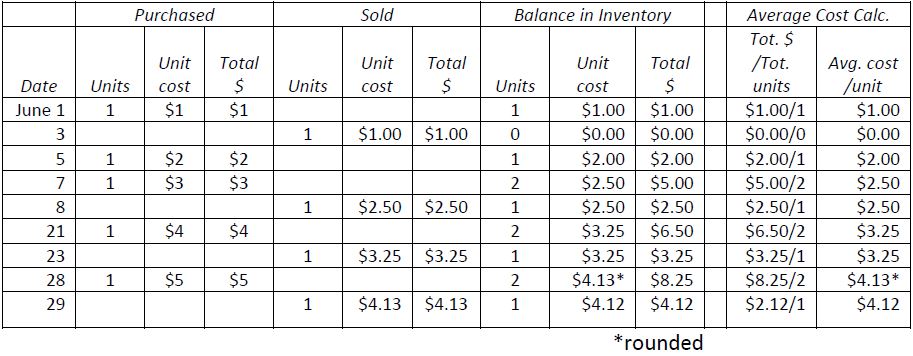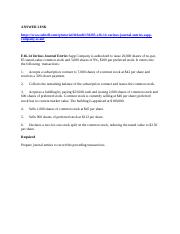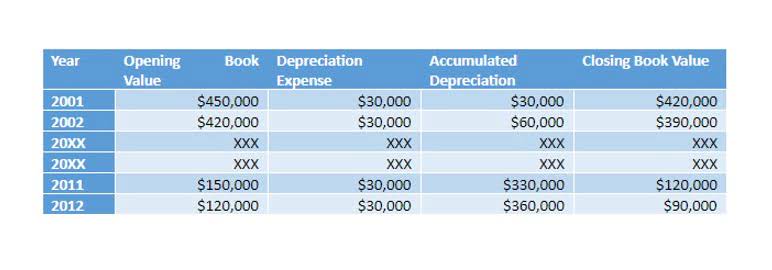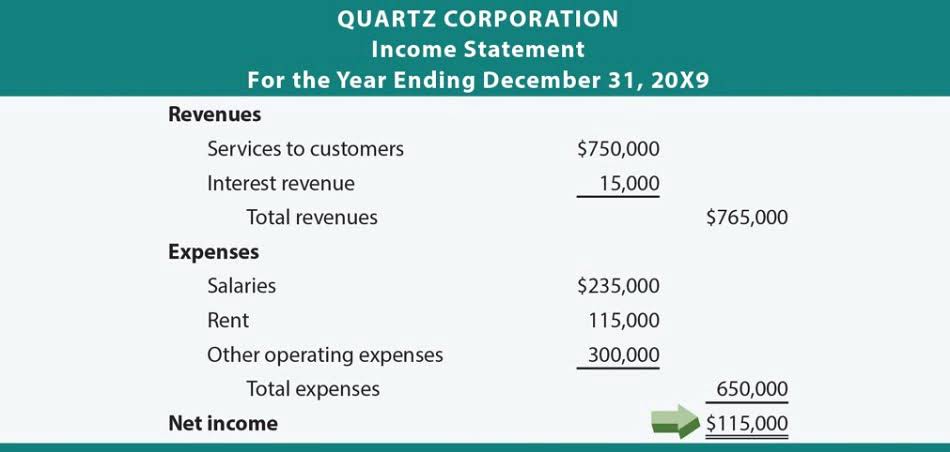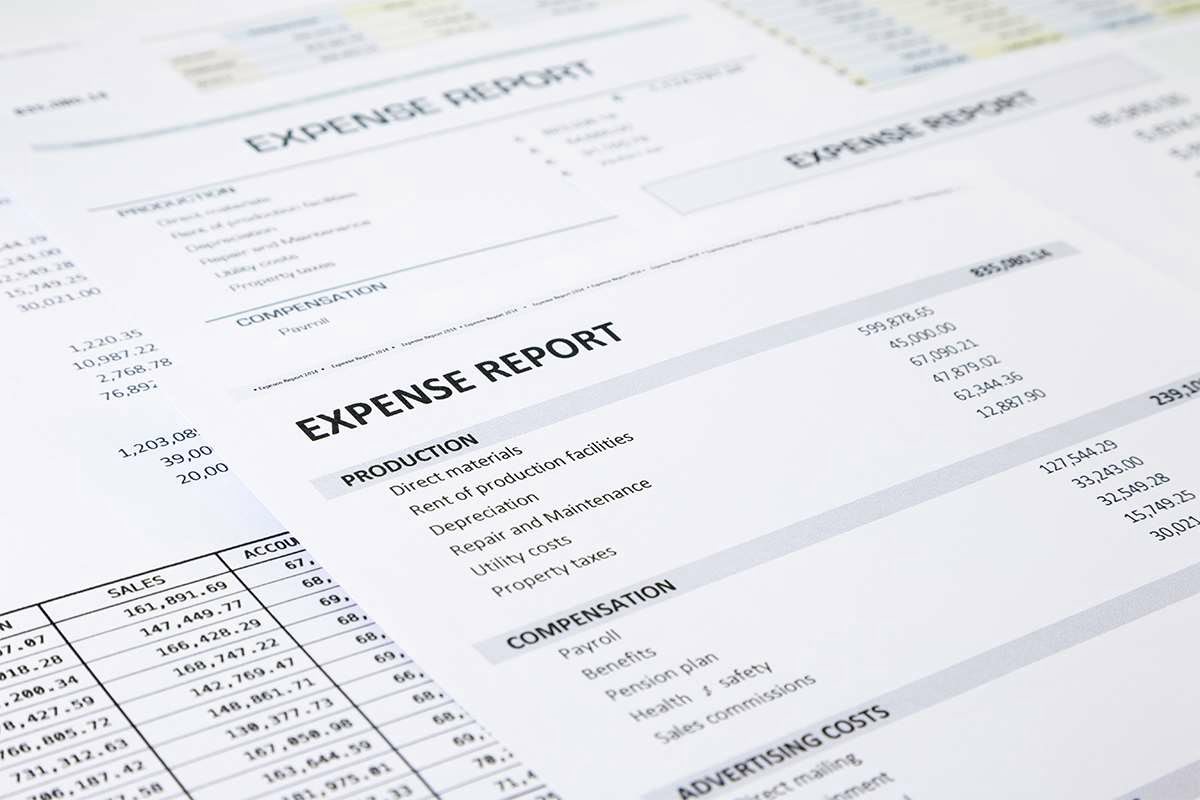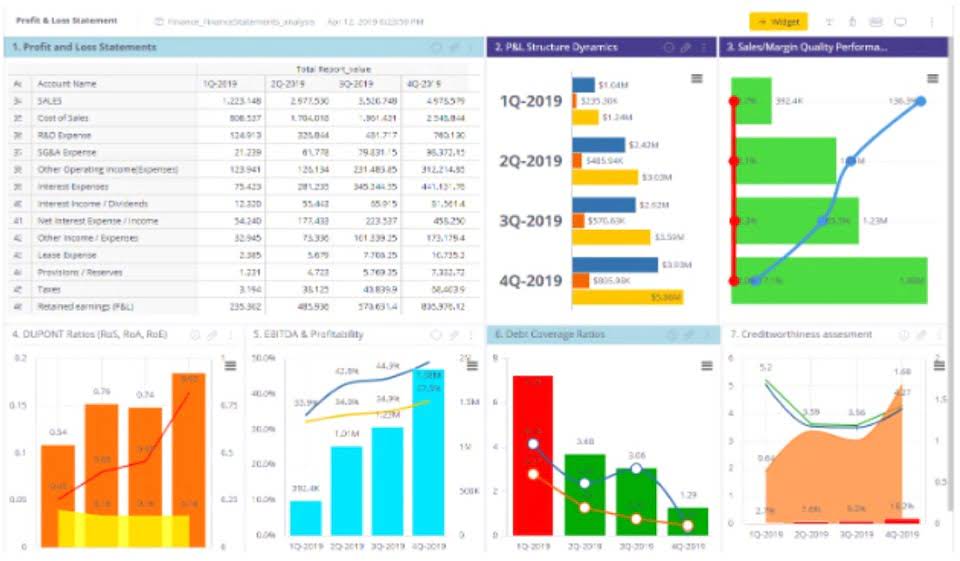Analysis of Variances ANOVA: What it Means, How it Works

This gives you a point of comparison that allows you to more easily see when there are changes in your process. When you notice a variance, it’s often a good idea to look at how it compares to other data points on the chart. If the change was outside of what would be considered normal, you can investigate and drill down on the root cause.
Revenue Variance
Maybe the logistics costs were higher than planned, or perhaps an unexpected expense cropped up partway through the project. Either way, understanding and addressing these disparities can help ensure better financial management of CSR initiatives in the future. The first step in conducting variance analysis involves identifying the different variables that contribute to the performance of a certain business operation. Examples of such variables could be the cost of production, selling price, quantity sold what is variance analysis et al. It is crucial to understand these variables and ascertain how they impact the overall business or specific project profitability. Variance analysis has become an indispensable tool for financial management and strategic decision-making.
Ready to Experience the Future of Finance?

Each of these types of variance analysis provides unique insights into different aspects of finance and contributes to a more holistic understanding of a company’s performance. Armed with this information, decision-makers can pinpoint where things are going right or wrong and take appropriate action. While variance analysis is a powerful tool for financial management, several challenges can hinder its effectiveness. Understanding these challenges can help businesses develop strategies to overcome them and maximize the benefits of variance analysis. An example of variance analysis is comparing projected total costs with actual total costs to identify discrepancies.
Ask a Financial Professional Any Question
Use the “5 Whys” technique to get to the root cause of significant variances. Treating all variances of the same size equally without considering their context. Always calculate both absolute ($) and percentage (%) variances to get a complete picture. It’s important to note here that you shouldn’t react to every single variance as if they were all errors. This will only create more problems by spending unnecessary time and effort on things that may not be an issue. Our writing and editorial staff are a team of experts holding advanced financial designations and have written for most major financial media publications.

- As you can see there is a heavy focus on financial modeling, finance, Excel, business valuation, budgeting/forecasting, PowerPoint presentations, accounting and business strategy.
- With proper variance analysis, you can measure the financial performance of your business, keep track of over and under-performing financial metrics, and identify areas for improvement.
- Let’s say a company that offers plumbing services wants to work out its overall labor variance.
- Book a 30-minute call to see how our intelligent software can give you more insights and control over your data and reporting.
- Incorrect or incomplete data can lead to inaccurate results, making it hard to take appropriate action or make reliable decisions.
- It’s often used to detect sudden changes in the performance of a product or process.
Variance analysis can highlight deviations in energy consumption, which is crucial for organizations striving to minimize their carbon footprint. It can help identify inefficient energy practices, enabling a shift towards more sustainable usage. For example, if you consistently see a particular cost exceeding your budget, you might decide to adjust your budget for that item in the future. Analysis refers to the detailed examination or study of something to understand its components or to uncover essential features and relationships.
- A labor variance occurs when Standard Costs for wages paid to employees are compared with actual costs incurred.
- Imagine you’re analyzing a manufacturing company’s Q1 results and discover that material costs are 8% above budget.
- Further Sales Variance is due to either change in sales price or a Change in Sales Volume.
- Create simple scenario models to project how variances might evolve under different conditions.
- Conversely, a situation where the actual cost is less than the budgeted amount (favorable variance) signifies under-spending.
Download our data sheet to learn how to automate your reconciliations for increased accuracy, speed and control. Prepare a comprehensive report summarizing the variances, their causes, and potential implications for the business. Use visual aids like graphs and charts to highlight key findings and trends. However, when analysis includes multiple data points, such as prices, rates, quantities, or total variance, calculations become more complex. If you’d like to know more about how OneStream can help take your business to the next level, why not sign up for our weekly live demo webinar?

Do We Expect the Variances to Continue?
Once the variance is calculated, the business investigates the root causes of the discrepancy, whether they are external factors like market changes or internal factors like inefficiencies. Today, variance analysis is a standard tool in financial management, reflecting its century-long evolution alongside business practices. By understanding past variances, you can make better forecasts and improve your future planning. By leveraging automation tools, businesses can conduct variance analysis more efficiently, allowing them to focus on strategic decision-making and continuous improvement.
Fixed Overhead Variance Example
This analysis provides valuable insights into the effectiveness of financial planning and assists in decision-making processes. Variance analysis is a financial management tool used to assess and explain the differences (or “variances”) between actual financial performance and bookkeeping budgeted or expected performance. In simple terms, it helps businesses understand where they are performing better or worse than anticipated, providing valuable insights for decision-making, cost control, and performance optimization.

Real-time cash analysis & better liquidity management

Labor rate variance is the difference between the actual cost of labor versus the expected direct labor cost. It monitors direct labor costs, assisting in cost management and labor Bookkeeping for Veterinarians rate optimization. Sales volume variances measure the difference between actual and budgeted sales volumes, highlighting sales volume discrepancies and aiding in better financial planning and decision-making. Whether you want to track overhead costs, cash flow, or marketing performance, we’ve provided some of the most common variances to help you manage your business effectively.
